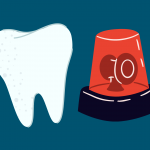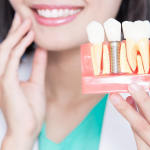Replacing a missing tooth as soon as possible is vital in maintaining your overall oral health. Over time, a gap in your smile can cause a series of complications that include shifting teeth, gum recession, and bone loss. There are many ways to address this issue, with the right treatment depending on severity, budget, and a host of other factors. Implants are the closest option to a natural dental structure, but there are certain variations that are important to cover.
Single Implant
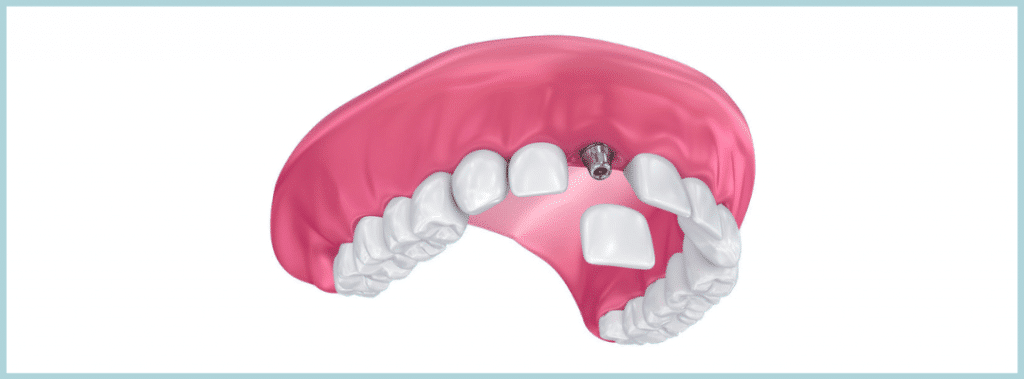 Requiring no special maintenance beyond brushing and flossing, a dental implant consists of a titanium post that replaces the natural root. Once the implant is placed in the jawbone, a 3-6 month healing process follows before a crown is made and placed on the implant. Individual implants (i.e. one implant per missing tooth) are ideal when only one or a few teeth are missing. But what happens when most or all teeth must be replaced?
Requiring no special maintenance beyond brushing and flossing, a dental implant consists of a titanium post that replaces the natural root. Once the implant is placed in the jawbone, a 3-6 month healing process follows before a crown is made and placed on the implant. Individual implants (i.e. one implant per missing tooth) are ideal when only one or a few teeth are missing. But what happens when most or all teeth must be replaced?
Implant-Retained Denture
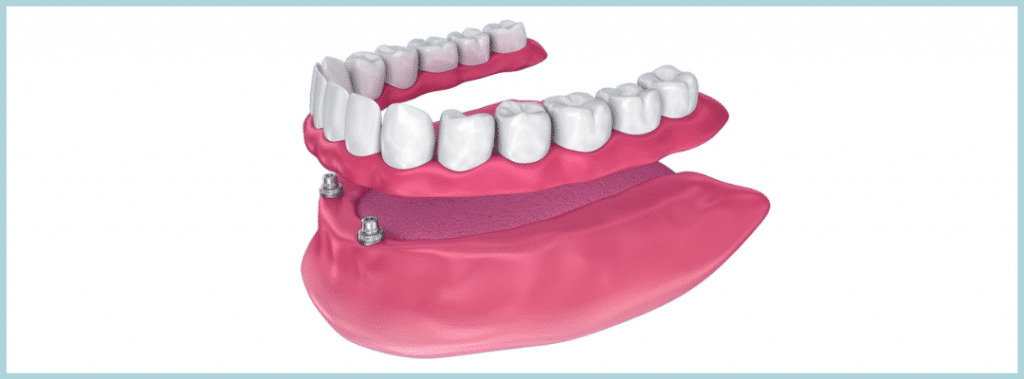 A cost-effective solution for patients who must replace a full arch of teeth is the implant-retained denture, which closely mirrors the bite strength of natural teeth. While traditional removable dentures rest on the gums and have a tendency to shift, an implant-retained denture snaps onto titanium implants, offering structural support and helping to curb bone recession. Implant-retained dentures must be periodically removed and cleaned.
A cost-effective solution for patients who must replace a full arch of teeth is the implant-retained denture, which closely mirrors the bite strength of natural teeth. While traditional removable dentures rest on the gums and have a tendency to shift, an implant-retained denture snaps onto titanium implants, offering structural support and helping to curb bone recession. Implant-retained dentures must be periodically removed and cleaned.
All-on-Implants
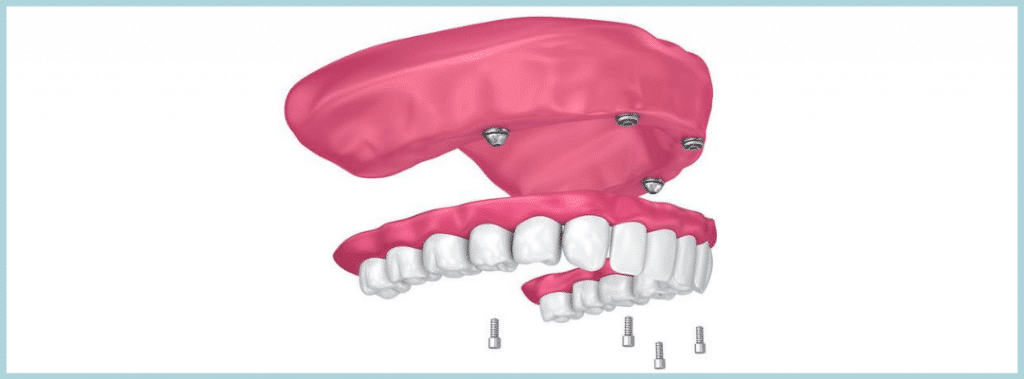 All-on-Implants is a treatment similar to implant-retained dentures, except for one key difference; they are permanently fixed in place, meaning you can treat them exactly as you would your normal teeth. They also offer the closest approximation to a natural dental structure, which improves quality of life by offering worry-free chewing, speaking, etc. This treatment is ideal for patients who have already experienced jawbone loss; because the two posterior implants are tilted inward at an angle, there is often no need for bone grafting, greatly simplifying the process.
All-on-Implants is a treatment similar to implant-retained dentures, except for one key difference; they are permanently fixed in place, meaning you can treat them exactly as you would your normal teeth. They also offer the closest approximation to a natural dental structure, which improves quality of life by offering worry-free chewing, speaking, etc. This treatment is ideal for patients who have already experienced jawbone loss; because the two posterior implants are tilted inward at an angle, there is often no need for bone grafting, greatly simplifying the process.
Curious about which option is right for you? Visit teeth4teeth.ca, Pur’s implant-geared sister site, to book a visit for a no-charge consultation and CT scan.

